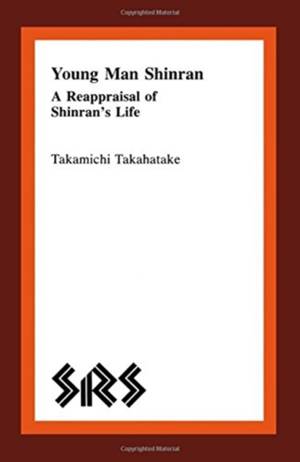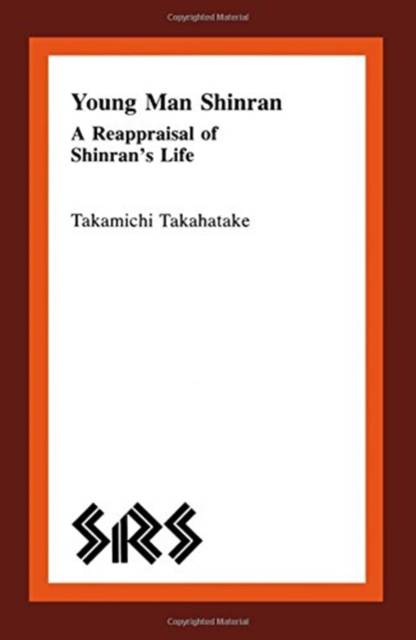
- Retrait gratuit dans votre magasin Club
- 7.000.000 titres dans notre catalogue
- Payer en toute sécurité
- Toujours un magasin près de chez vous
- Retrait gratuit dans votre magasin Club
- 7.000.0000 titres dans notre catalogue
- Payer en toute sécurité
- Toujours un magasin près de chez vous
Description
The Japanese Pure Land master Shinran (1173-1262) was a product of his age. His angst in the period of the decay of the Dharma, his subsequent search for spiritual liberation, and his ultimate discovery of the path of the nembutsu could not have occurred isolated from the social temper of his time, any more than his religious thought could have developed beyond the fabric of traditional Japanese Buddhist teachings and practices.
This study concentrates on the relationship between Shinran's experiences in the first half of his life and his historical and social environment. Both the boldness and subtlety of his ideas begin to emerge in this examination, moving beyond the hagiographical limitations often characteristic of research into the Shin tradition.
Numerous Shinran studies have been bound by the limitations of either purely historical or religious-philosophical analysis. But these two approaches have rarely been combined, and since Shinran's early life and his cultural environment together constitute not only the basis but also the matrix of his mature thought and practice, such a combination reveals both the power of his ideas and the cultural factors that stimulated their development.
Spécifications
Parties prenantes
- Auteur(s) :
- Editeur:
Contenu
- Nombre de pages :
- 242
- Langue:
- Anglais
- Collection :
- Tome:
- n° 18
Caractéristiques
- EAN:
- 9780889201699
- Date de parution :
- 11-06-87
- Format:
- Livre broché
- Format numérique:
- Trade paperback (VS)
- Dimensions :
- 152 mm x 229 mm
- Poids :
- 364 g

Les avis
Nous publions uniquement les avis qui respectent les conditions requises. Consultez nos conditions pour les avis.






